Copyright 2021 Northern Ontario School of Medicine
This edition copyright 2021 Cormorant Books Inc.
This is a first edition.
No part of this publication may be reproduced, stored in a retrieval system or transmitted, in any form or by any means, without the prior written consent of the publisher or a licence from The Canadian Copyright Licensing Agency (Access Copyright). For an Access Copyright licence, visit www.accesscopyright.ca or call toll free 1.800.893.5777 .

We acknowledge financial support for our publishing activities: the Government of Canada through the Canada Book Fund and The Canada Council for the Arts; the Government of Ontario, through the Ontario Arts Council, Ontario Creates, and the Ontario Book Publishing Tax Credit. We acknowledge additional funding provided by the Government of Ontario and the Ontario Arts Council to address the adverse effects of the novel coronavirus pandemic.
LIBRARY AND ARCHIVES CATALOGUING IN PUBLICATION
Title: Nothing ordinary : the story of the Northern Ontario School of Medicine / by Larry Krotz.
Other titles: Story of the Northern Ontario School of Medicine
Names: Krotz, Larry, 1948 author.
Description: Includes bibliographical references and index.
Identifiers: Canadiana (print) 20210212888 | Canadiana (ebook) 20210212985 |
ISBN 9781770866386 (softcover) | ISBN 9781770866393 ( HTML )
Subjects: lcsh : Northern Ontario School of MedicineHistory. |
LCHS : Medical collegesOntario,
NorthernHistory. | LCHS : Medical educationOntario, NorthernHistory. |
LCHS : Medical careOntario, NorthernHistory.
Cover design: Angel Guerra / Archetype
Interior text design: Tannice Goddard, tannicegdesigns.ca
Printer: Friesens
Printed and bound in Canada.
The interior of this book is printed on 100% post-consumer waste recycled paper.
CORMORANT BOOKS INC.
SPADINA AVENUE, SUITE 502, TORONTO, ON M5T 2E4
www.cormorantbooks.com
Contents
Foreword by M. Ian Bowmer /
Introduction /
 What Is Northern Ontario? /
What Is Northern Ontario? /
Voices: Alex Anawati /
 How NOSM Came to Be /
How NOSM Came to Be /
 Hiring a Dean: Roger Strasser /
Hiring a Dean: Roger Strasser /
Voices: Tracey Ross and Jonathan DellaVedova /
 Growing Pains /
Growing Pains /
 Serving Francophone Communities /
Serving Francophone Communities /
Voices: Paul Miron and Rebekah Neckoway /
 Healthcare and Indigenous People /
Healthcare and Indigenous People /
Voices: Kim Varty and Adam Moir /
 NOSM and the Economy and Culture of the North /
NOSM and the Economy and Culture of the North /
 Two Towns: Espanola, Chapleau /
Two Towns: Espanola, Chapleau /
 Two More Towns: Dryden, Sioux Lookout /
Two More Towns: Dryden, Sioux Lookout /
 NOSM and the Broader World /
NOSM and the Broader World /
 How Is NOSM Doing? /
How Is NOSM Doing? /
Afterword by Penny Moody-Corbett /
Acknowledgements /
Bibliography /
Notes /
Index /
Foreword
IN THE EARLY 2000s , as dean of medicine at Newfoundlands Memorial University, I was among those consulted on the potential development of a seventeenth medical school in Canada, located in Northern Ontario. Research was demonstrating an increase in recruitment and retention of physicians in rural and remote communities if students came from and medical education was delivered in these communities.
Different approaches were being explored. Memorials medical school had expanded its rural and remote educational program by appointing full-time faculty at clinical centres around the province. The University of British Columbias Faculty of Medicine was looking at collaboration with other provincial universities on rural and remote campuses for distributed undergraduate medical education. Two southern Ontario faculties, McMaster University and the University of Ottawa, were delivering post-graduate programs in the north.
Couldnt an existing faculty from the south develop northern-distributed learning campuses? Wasnt the establishment of a whole new medical school and its administrative structure an extravagant way to go? From Canadas eastern edge, in a chronically economically challenged province, I was unconvinced. But it happened. This book is its story, this foreword my view today.
Author Larry Krotz and his committee take readers on an engaging, insightful, and gentle journey through the purpose, people, and politics behind establishing and sustaining a new medical school in the north of Canadas second-largest province. They begin with facts and figures about the Ontario northland and its heterogeneous communities, often focused on the development of natural resources. But fact is interspersed with personal stories from early students reflecting on their motivations and the schools approach to social accountability, rural healthcare, Indigenous health, and diverse populations, including Francophones and Italian and Finnish immigrant communities.
Krotz doesnt shy away from the complex politics of the project. It helped to have a premier from North Bay. But ministers, mayors, and community leaders became champions as they saw the potential healthcare and economic benefits for communities across the northern part of the province. Long-standing rivalries among the northern towns had to be put aside and the schools potential role as an economic anchor for the whole region recognized. Eventually, the champions of this new venture convinced politicians, community leaders, and the diverse populations to align with one vision.
That vision was of an institution truly focused on social accountability, driven to meet the needs of its diverse communities from steel, mining, and lumber towns to Francophone and immigrant populations and address the yawning gap in care for First Nations peoples.
Krotz reflects on the growing pains of an institution designed to be different. Having two campuses was not unique, but having a board drawn from two universities was. And from the beginning, from the seasoned consulting dean Dr. Arnie Aberman, former University of Toronto dean of medicine, to the determined, visionary founding dean Dr. Roger Strasser, there was a desire to take a less traditional route to medical education. With his passion, vision, and experience in the provision of rural healthcare, Dr. Strasser was able to attract several high-profile educators from Canada and the U.S . who helped flesh out and implement NOSM s distinctive approach.
A high point of the monograph is the inclusion of the former students personal stories. They complement and humanize the narrative. Graduates pride, commitment, and dedication to the schools principles is evident. The large percentage of NOSM graduates practising in the Norths smaller towns and rural and remote communities is an impressive measure of how the schools most important purpose is being met. In addition to this increased stability in clinical care in the North, the school creates support for physician-educators in the many dispersed centres where students get clinical and societal experience, the economic benefits of employment and operations, and the benefit of incoming research funds.


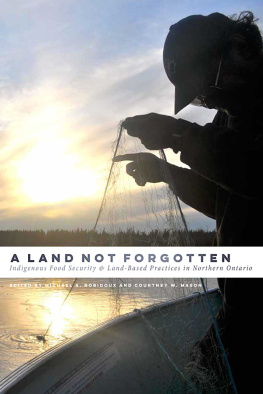

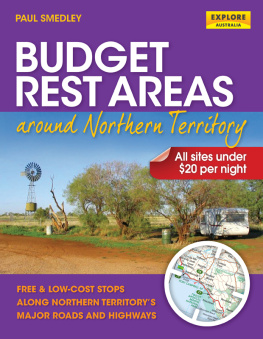
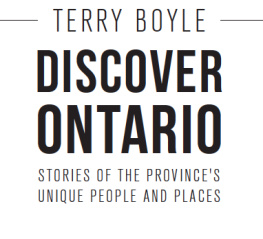
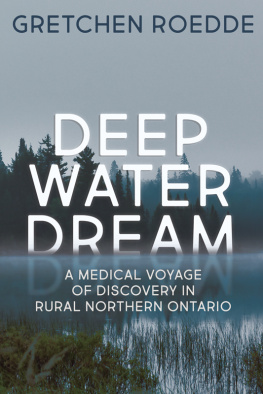
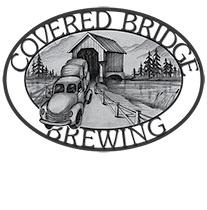
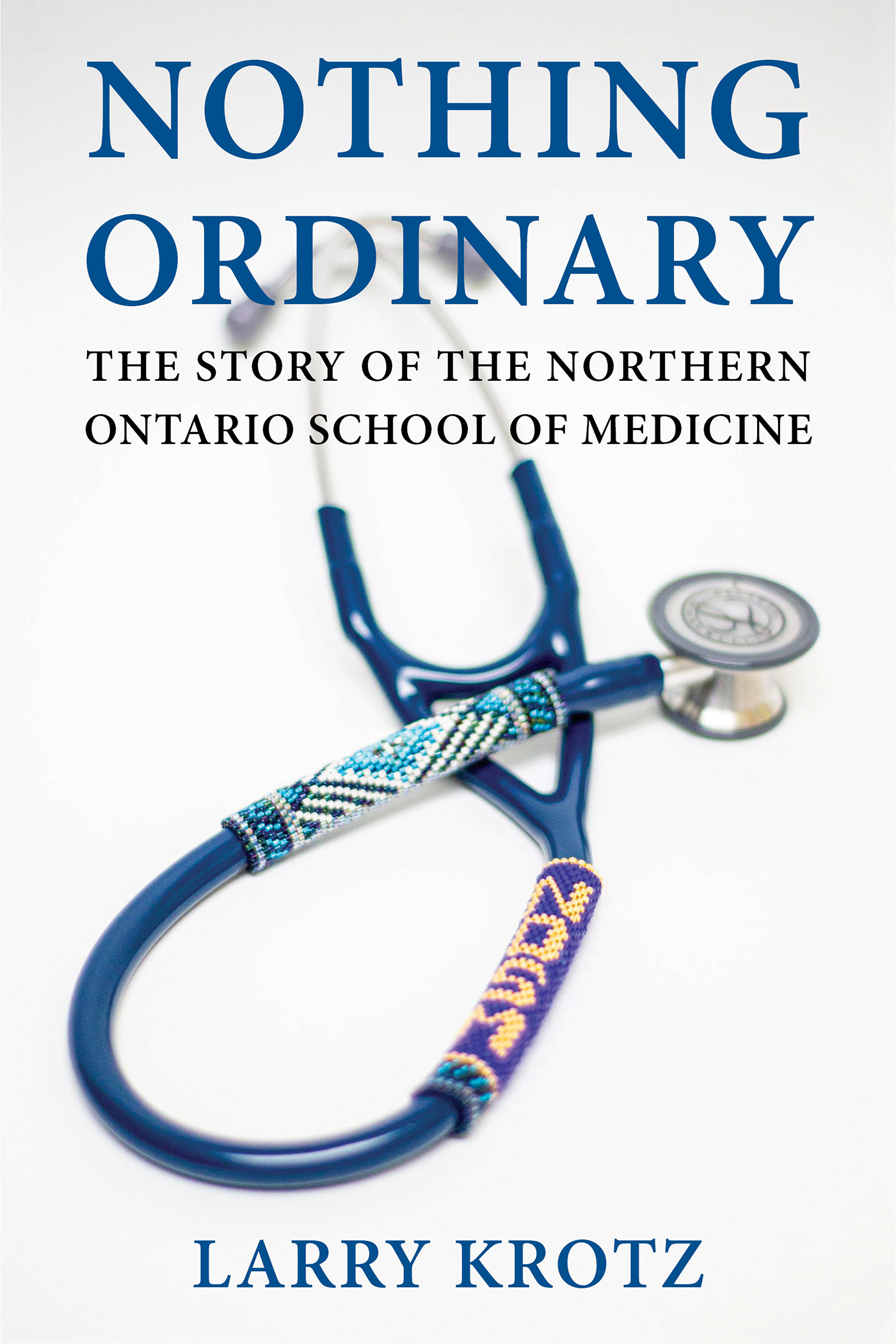

 What Is Northern Ontario? /
What Is Northern Ontario? /